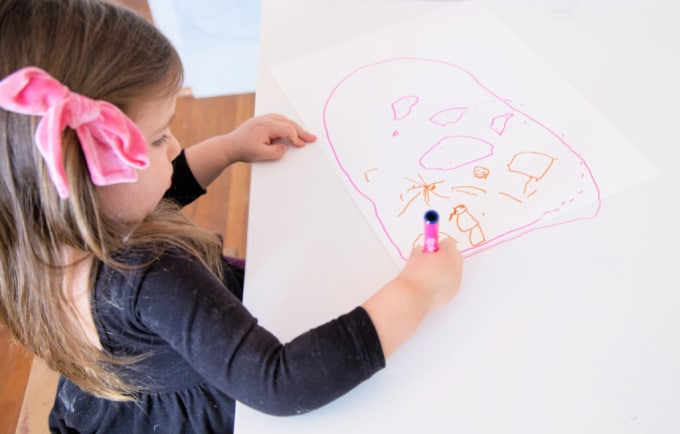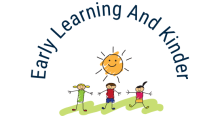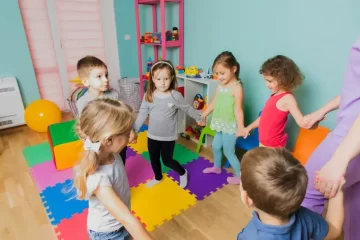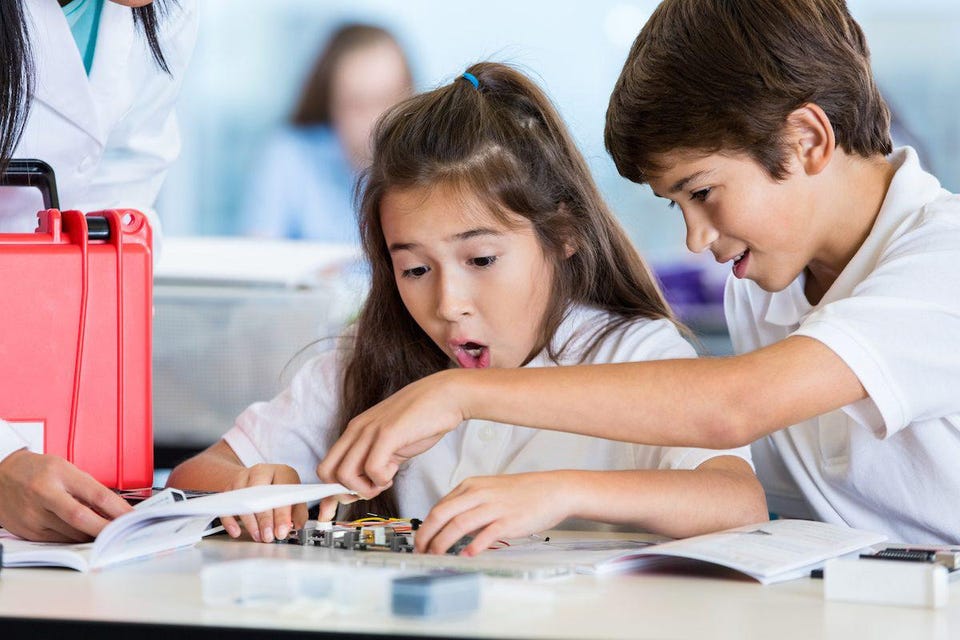What we can learn from children’s drawings of themselves

Children draw a picture of themselves and their family, along with their pet and their home. This is one of their most popular pictures. It is interesting to note that how children draw themselves changes depending on who views it.
Researchers from the University of Chichester, published in the British Journal of Developmental Psychology found that children’s expressive drawings of their faces vary according to their audience and how familiar they are with them. This is important because children’s drawings can give us insight into their feelings and reveal any underlying talents or issues.
Conclusions
The University of Chichester pointed out that children’s drawings are used in clinical, educational, forensic and therapeutic situations to gather information and supplement verbal communication. This is why the study was started.
Researchers interviewed 175 children between 8 and 9, 90 boys and 85 girls, and arranged them in seven groups. Sixteen children were assigned different audiences, including teachers and professionals such as teachers or police officers. Another group had no audience.
Each child was asked to draw three images of themselves: one baseline, one happy and one sad. These were the key results:
- Drawings of children were expressively more expressive when they knew the audience.
- Overall, girls draw more expressively than their male counterparts.
- Both boys and girls did differently with happy and sad drawings of familiar and unfamiliar policeman group members. Girls were more expressive in happy drawings with a known policeman, while boys were more expressive in sad drawings when the officer was unknown.
Although the researchers agree that more research is needed, they suggest that the findings can be used to inform future investigations about other professional and personal interactions, such as those between doctors and patients.
“This study builds upon the previous studies that our team has done. The findings could have implications for professionals using children’s drawings to enhance and augment verbal communication, says Dr. Esther Burkitt (Reader in Development Psychology at University of Chichester).
Practitioners can better understand how children feel about certain topics by being aware that children might draw different emotions for different professions. This awareness can be used to have a conversation with the child about why they chose certain information. It matters what profession the child thinks they are drawing for and whether or not they know a member of that profession.
What can children’s self-portraits tell us?
At six years old, stick figures in children’s daily drawings begin to take on real weight and value. Children combine imagination and real-life experiences to create more intuitive artworks than adults. Children love drawing and can use it frequently to provide a method for physiological analysis.
These are more details about children’s drawings:
The family picture
This could include information about their family relationships, home life and other important details. Drawings can reveal the child’s perception of their family. Research has shown that children who draw themselves farther away from their parents, or are smaller, are more likely live in chaotic homes with lots of clutter, noise, crowding, and lack of structure.
Children who draw each family member with different characteristics show signs of intelligence and a greater understanding of the uniqueness of every individual in their family. It is common for family members drawn in different sizes, often representing their role or age.
Self-Portraits
How a child draws themselves with pen and paper can reveal how they feel about themselves and how they see the world. The details of a self drawing can often reveal inner-conflict and insecurity. A child’s perspective may be affected by how large they draw themselves or how they shade certain parts of their bodies darker. A child who draws themselves often with a sad expression could also be experiencing an inner-conflict, or other external issues.
Tips for educators
Here are some tips for children who draw themselves in early childhood.
- Encourage self portrait drawing Art is an amazing form of expression that can build fine motor skills and creativity. Encourage children to draw their family members and objects and abstract pictures and other types of drawings.
- Have children explain what they’ve drawn. Sometimes, it isn’t easy to understand why things are being drawn in a certain way. They might be smaller than others in the artwork, or have larger eyes or other features.
- Be aware of possible problems. Consistently using black and red markers (which could indicate depression, anger/violence, or drawing with a sad expression or a negative attitude to others can all be indicators that something is not right. Although it is not always true, it’s worth noting to teachers and parents if the child continues to draw.













